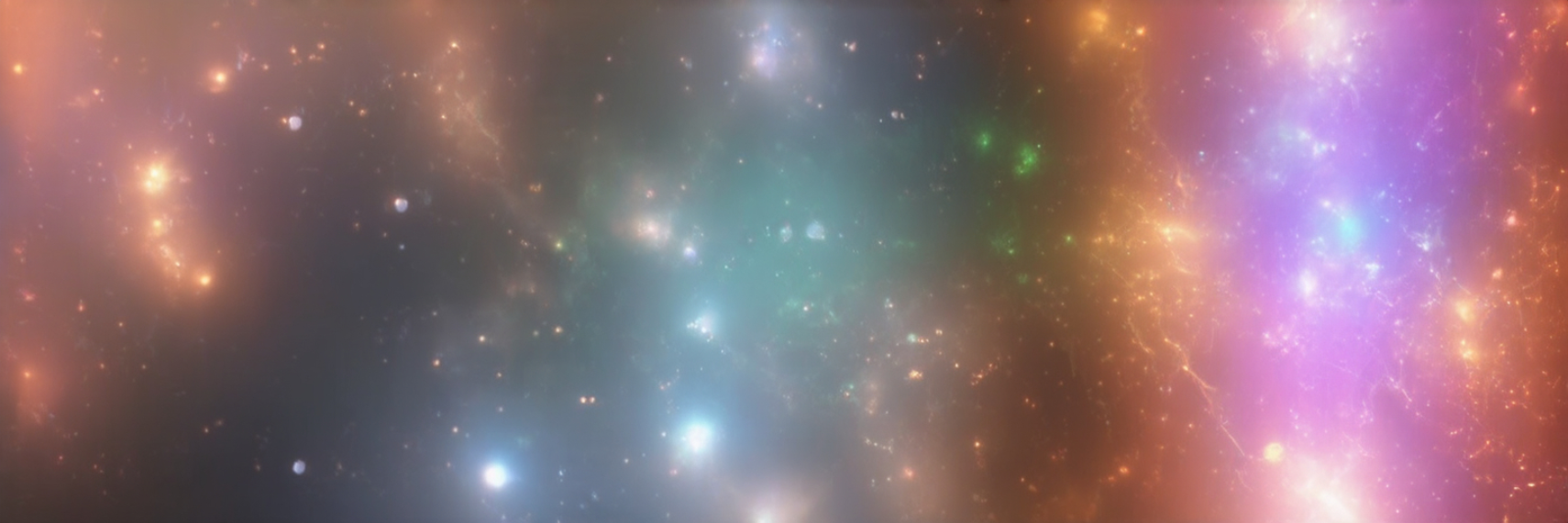Institut für Kernphysik

Arbeitsgruppe Alexandre Obertelli
Exotische Kernmaterie
Arbeitsgruppe Alexandre Obertelli
Exotische Kernmaterie
Die Inhalte dieser Seite sind nur auf Englisch verfügbar.
Zur englischen Version dieser Seite wechseln
Institut für Kernphysik
Die Inhalte dieser Seite sind nur auf Englisch verfügbar.
Zur englischen Version dieser Seite wechseln